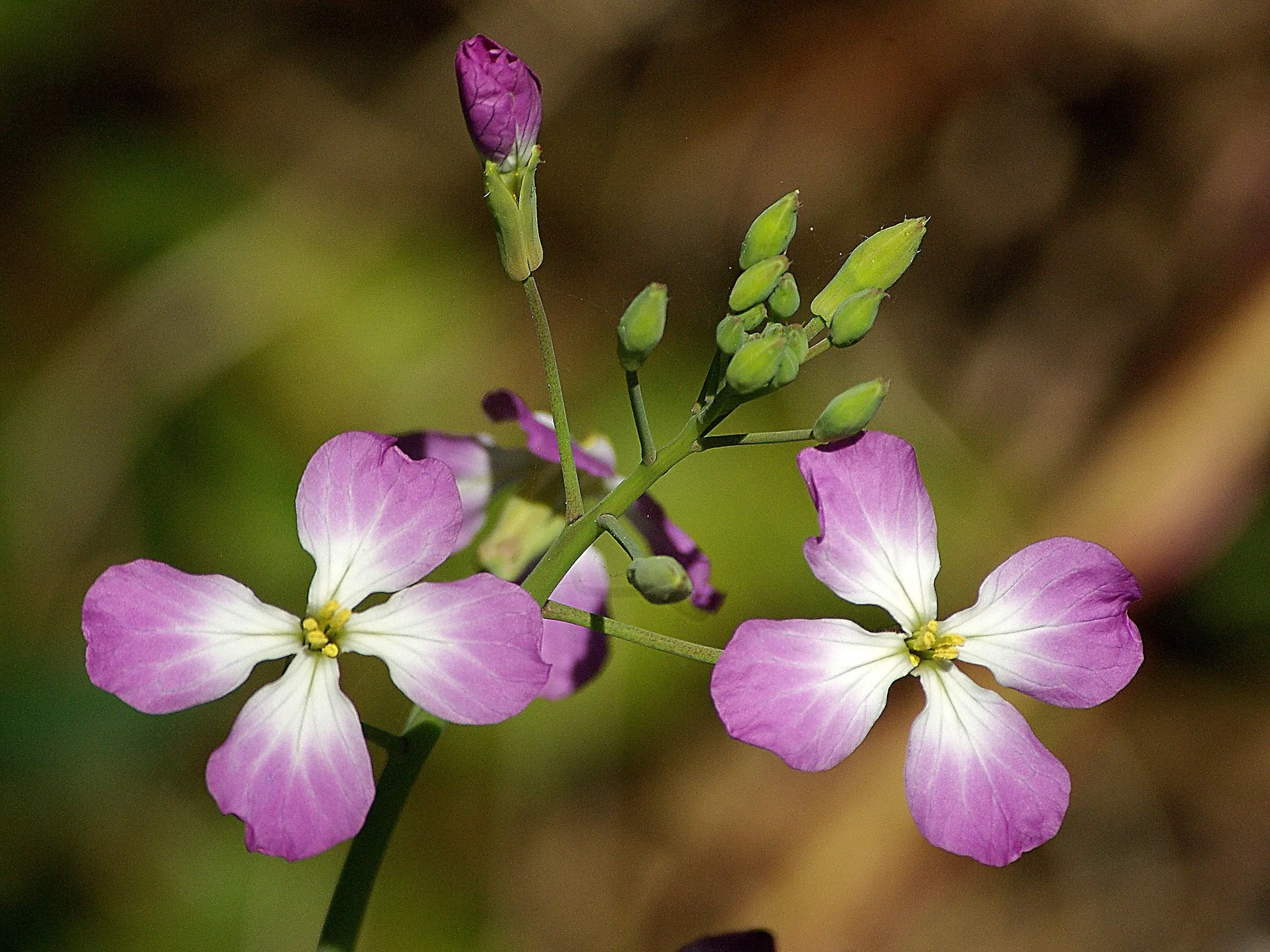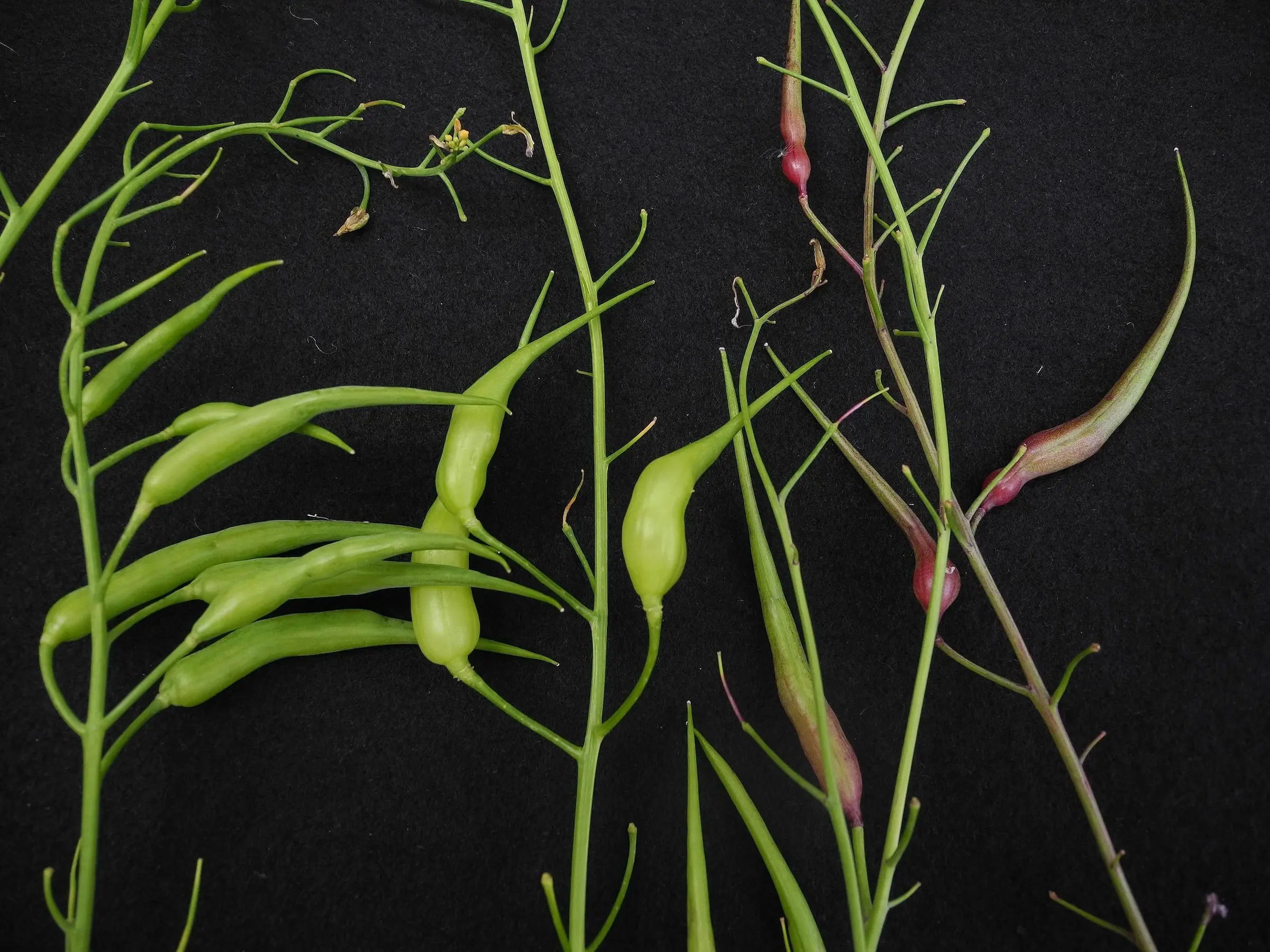
Welcome to this week’s edition of the a-z of plants that are dangerous to your horse. Today’s plant is incredibly common, which may make it a bigger pest than most. Luckily Wild Radish is fairly easy to spot & it is not known to be fatal to equines.
A Little About Wild Radish
Raphanus raphanistrum is also called Jointed Charlock & Wild Radish. This is an annual or biennial with irregularly lobed leaves. Flowers are white/ purple/ yellow/ pink, have four petals & are streaked with different colored veins. Fruit is a seed inside spongy seedpods.
How Dangerous Is It?
This plant is really only problematic during drought conditions, it is unpalatable to horses – however commonly found in grazing areas. Wild Radish contains Isothiocyanates which irritate the digestive tract.
The seeds of this plant are toxic to equines.

What To Look For
You know your animal the best, so you should know when something is amiss. Wild Radish toxicity symptoms include Gastrointestinal upset & colic.
Learn More
Be sure to check out the Wild Radish page to learn more about the plant & while you are at it why not check out more toxic plants?
*It should be noted that we’re not veterinarians. This information is written specifically for horses & should be used for reference purposes only. If you think your horse has eaten something toxic call your vet right away.